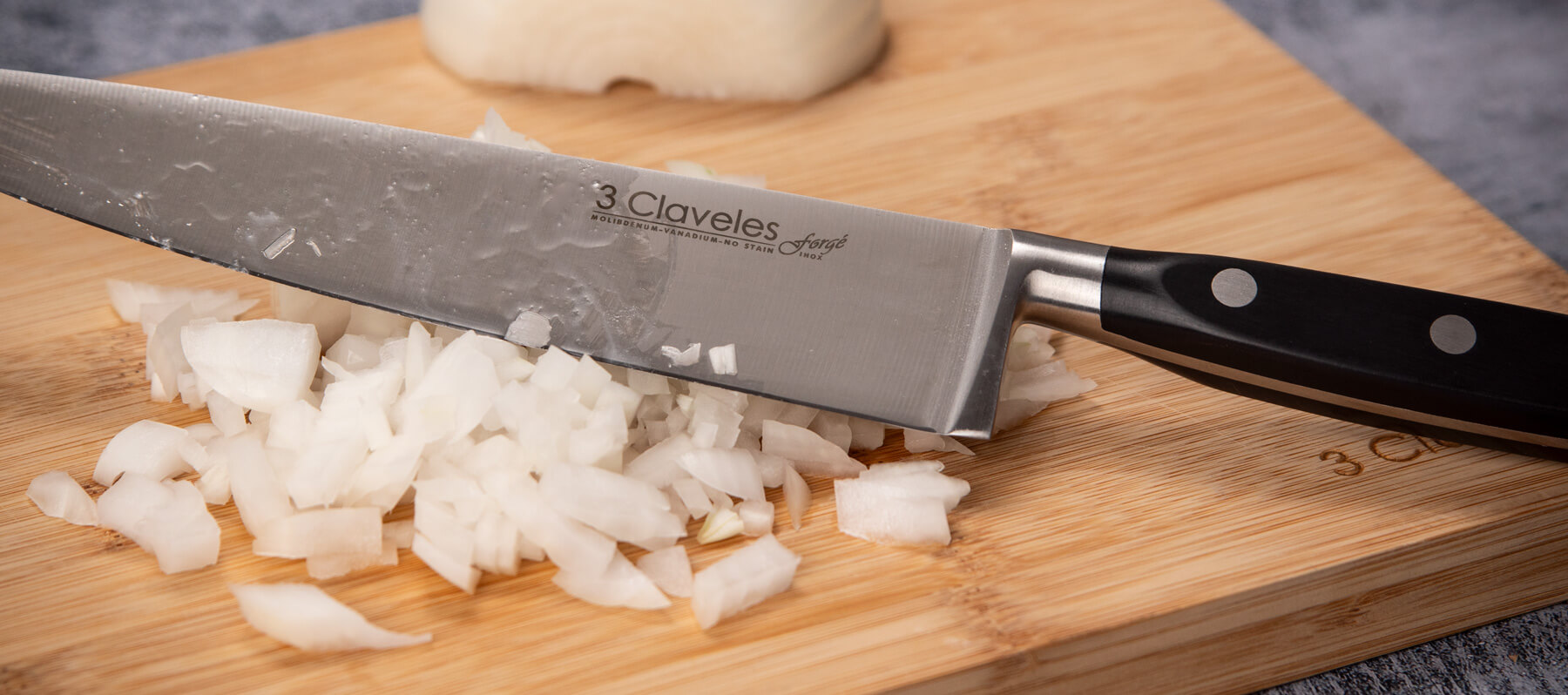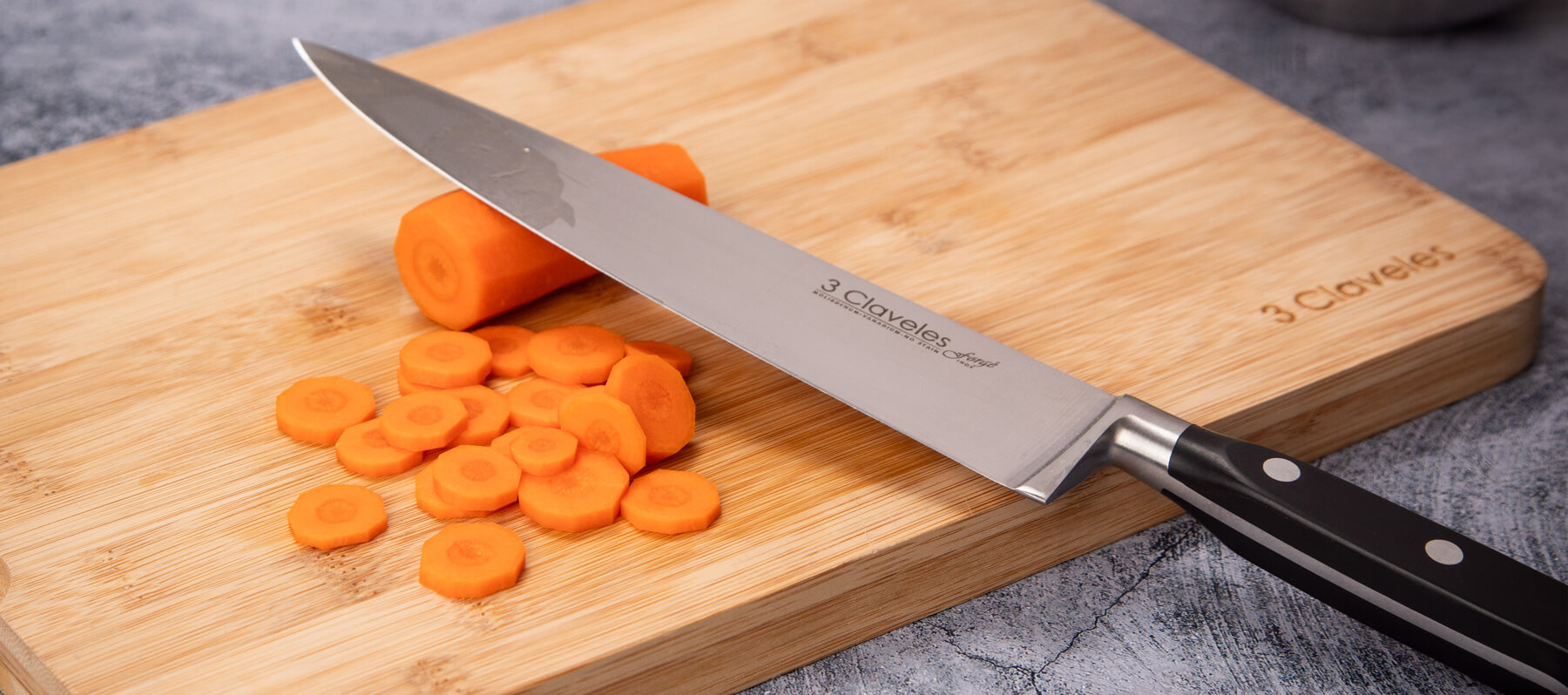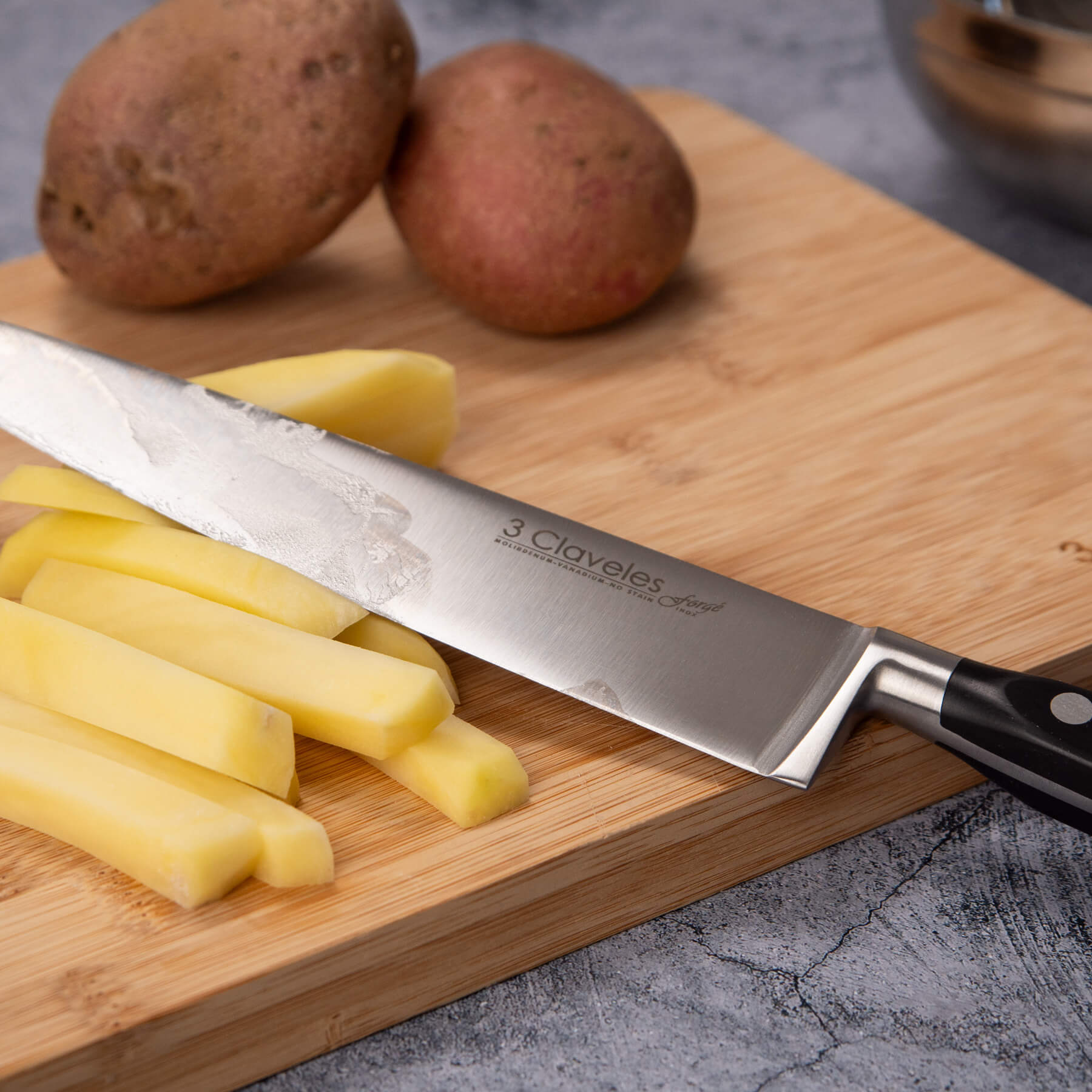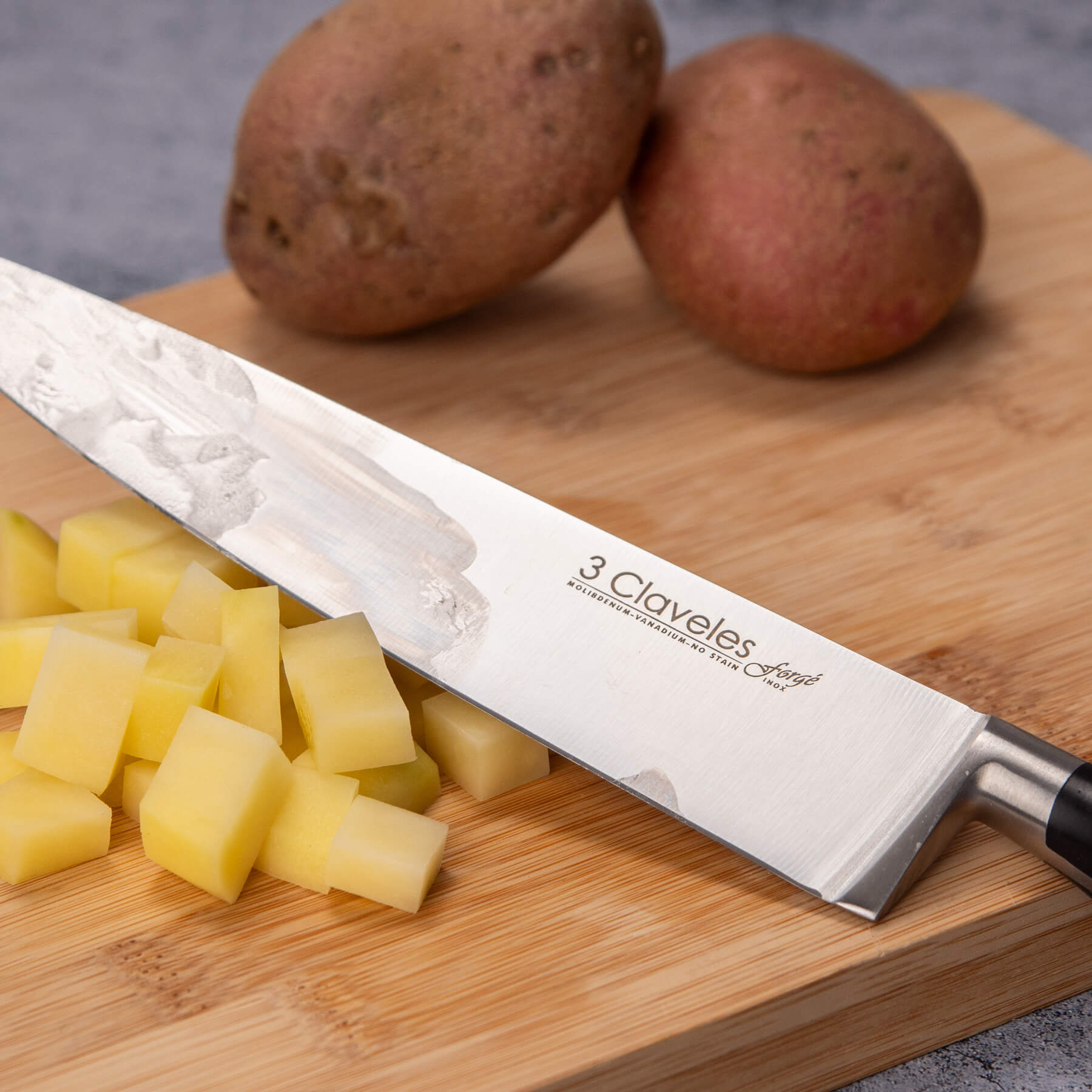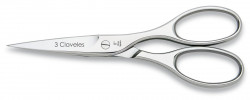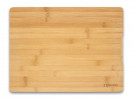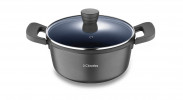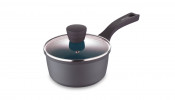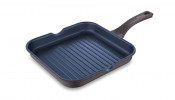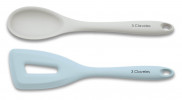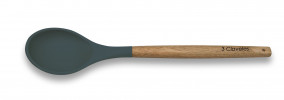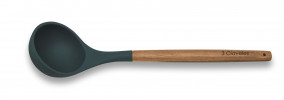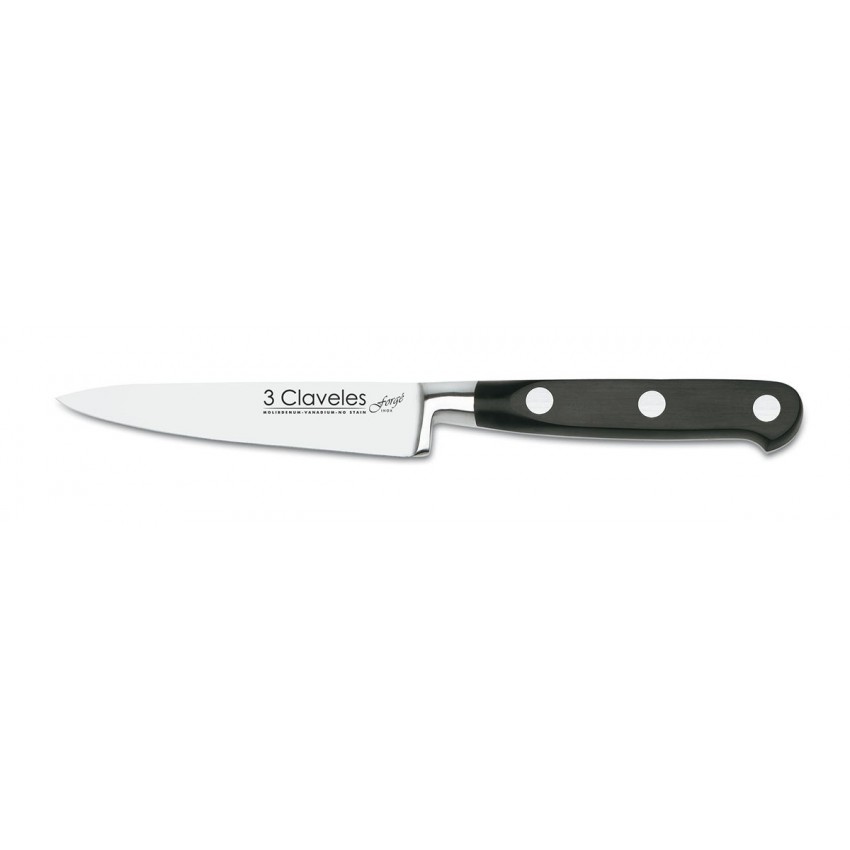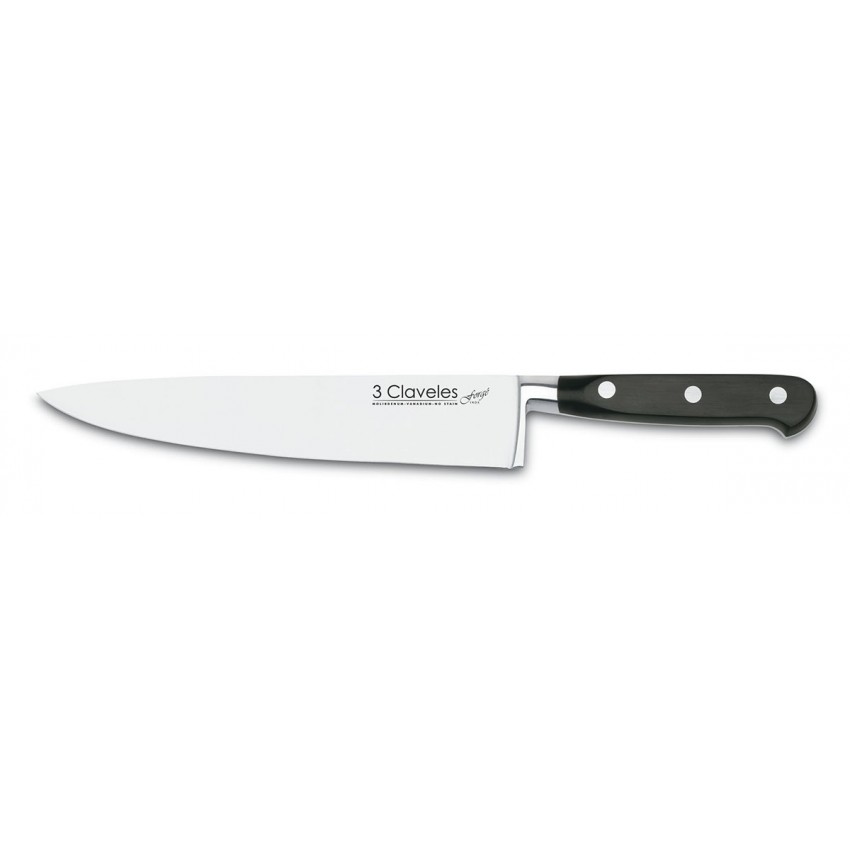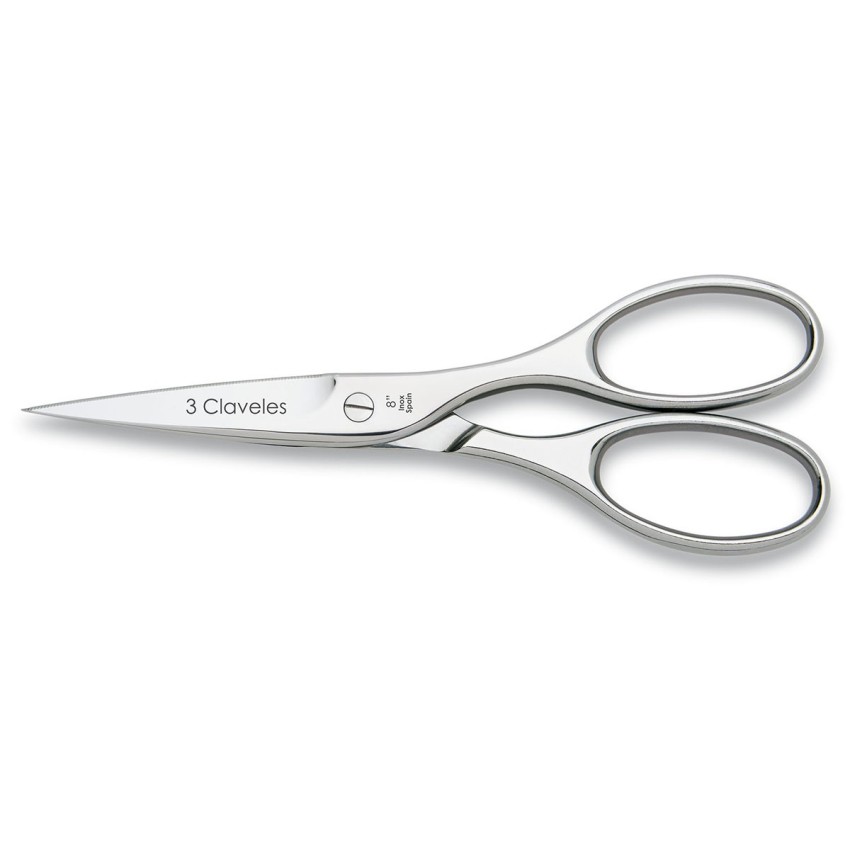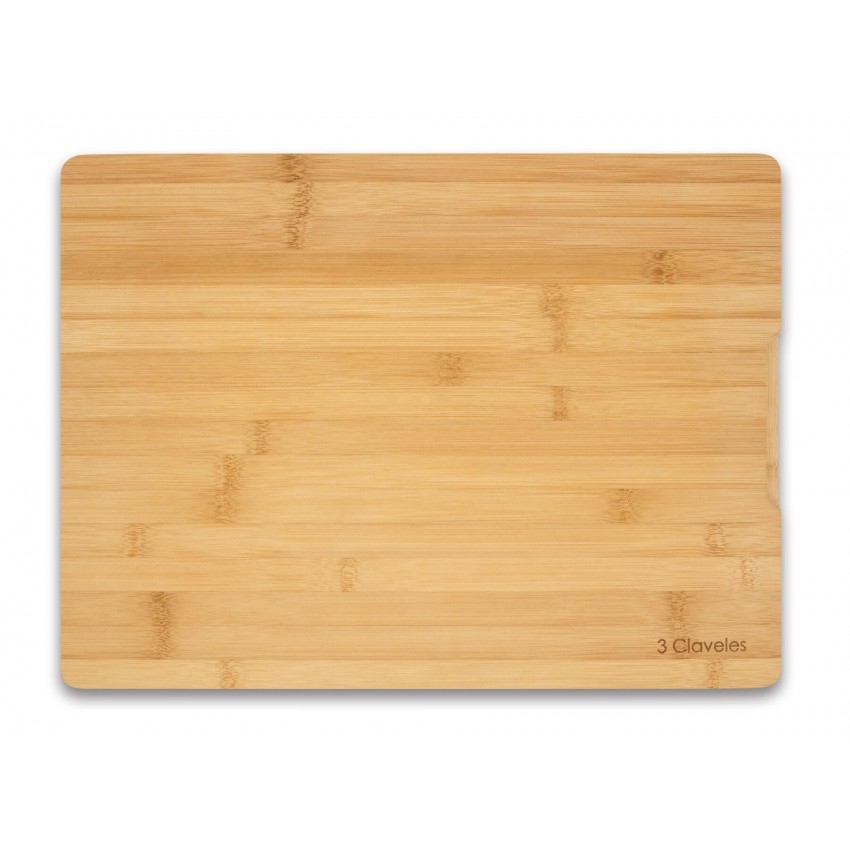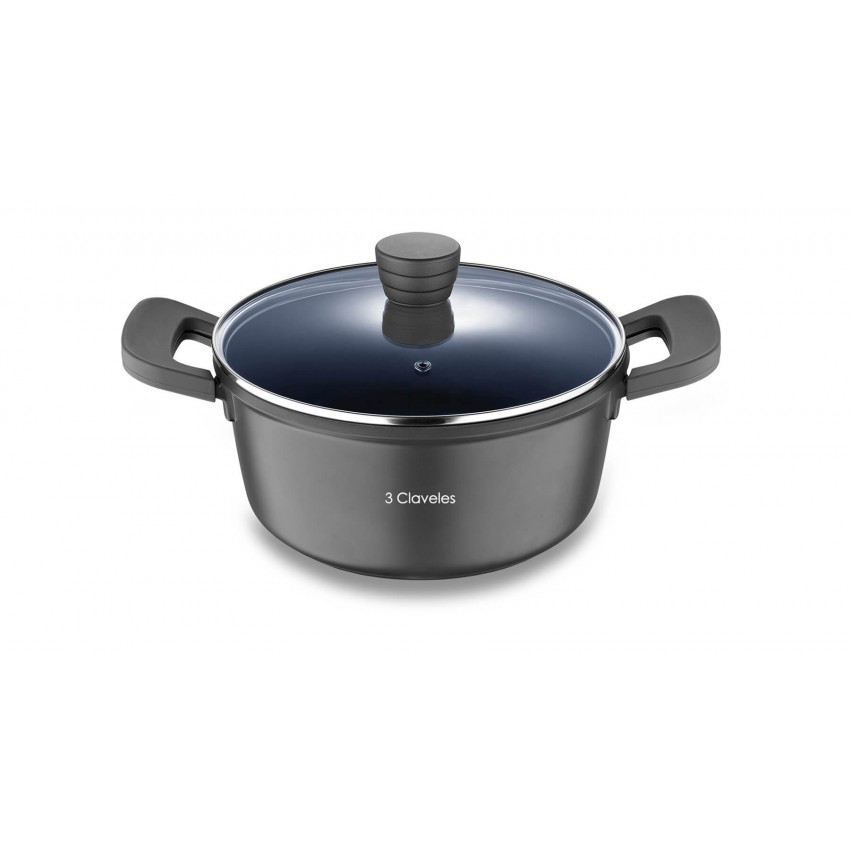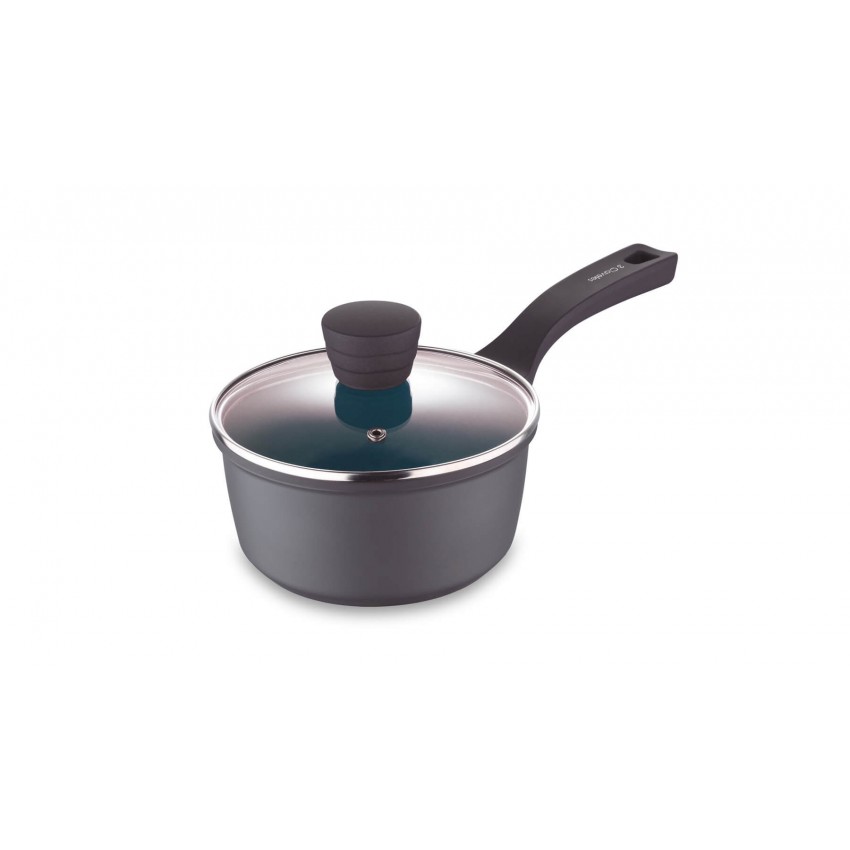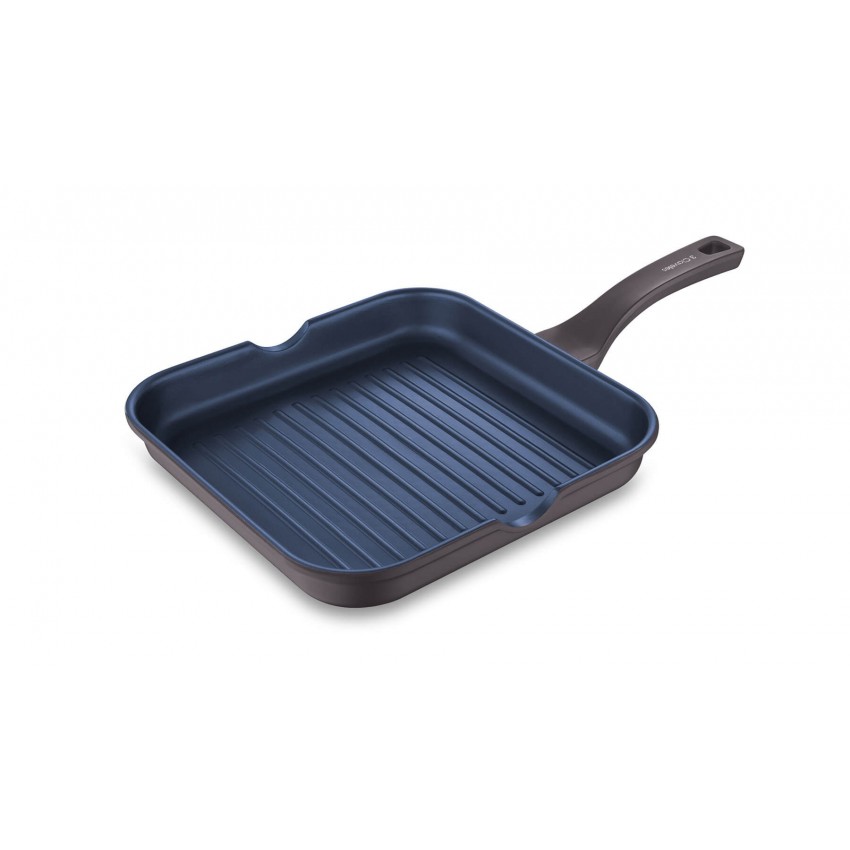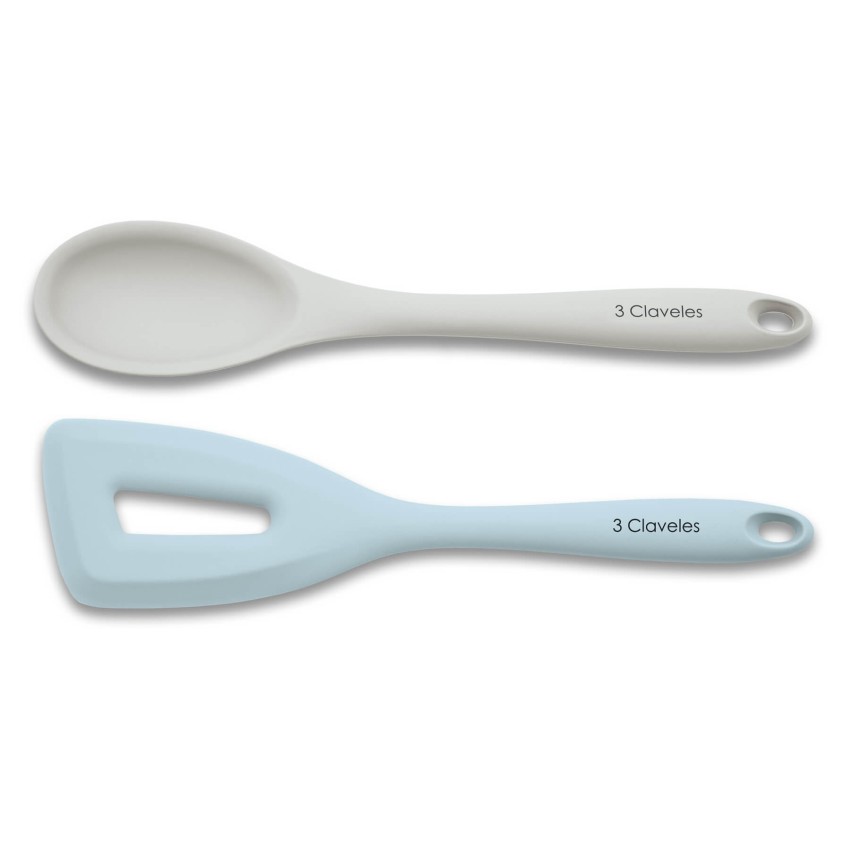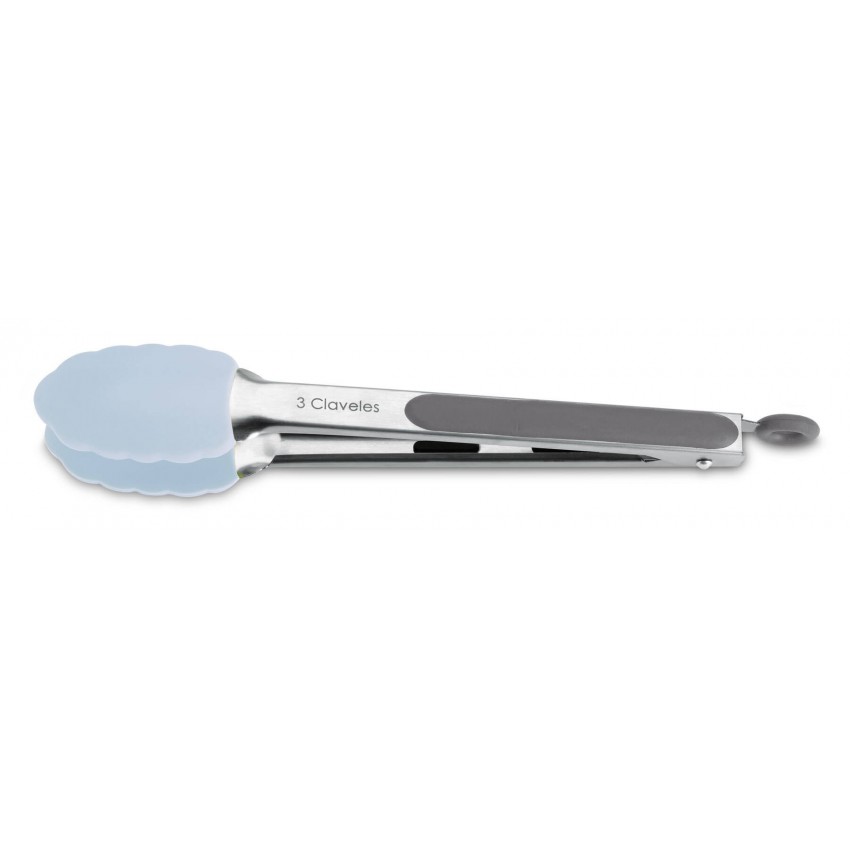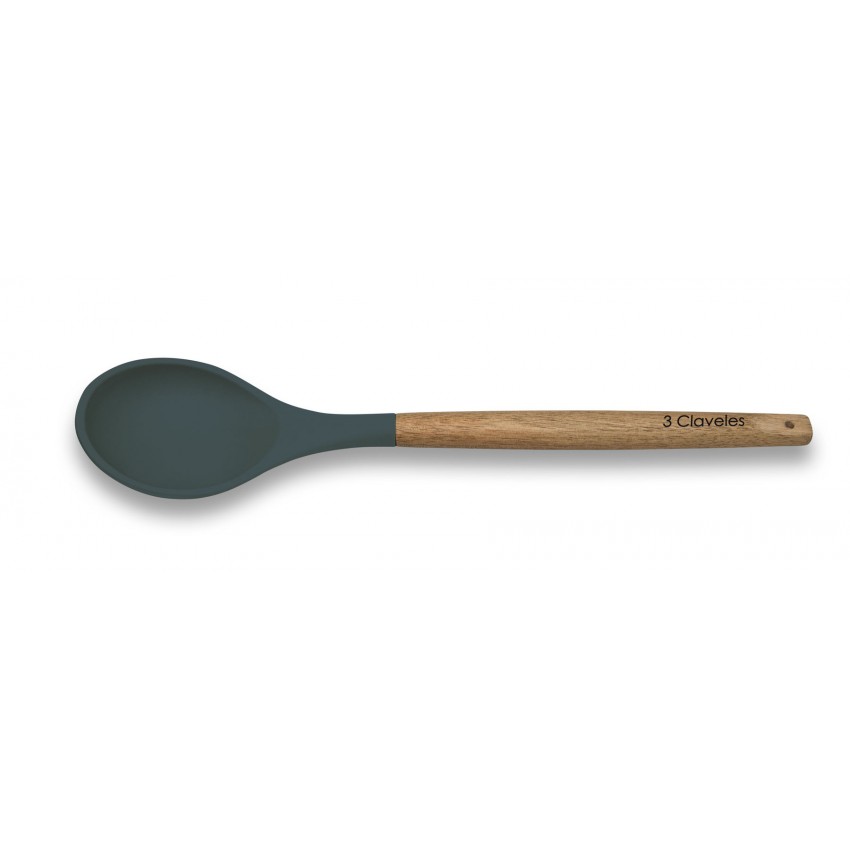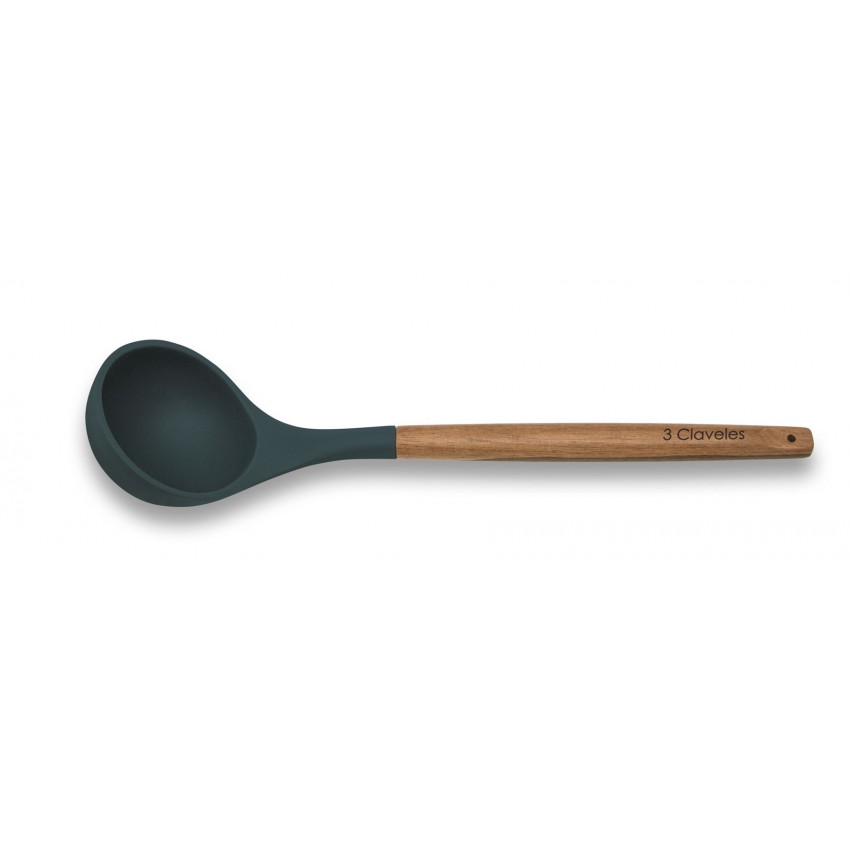A good knife is often not enough to cut food properly, you also have to choose the right technique. Professional chefs and food lovers know for sure that the cutting technique not only affects the visual appearance of a dish, but also its taste and texture. That is why in the following post we explore some of the most popular cutting techniques and how they impact on the art of gastronomy.
Brunoise:
The brunoise cutting technique is to cut food into small uniform cubes of approximately 2-3 millimetres. It is mainly used for vegetables: leek, onion, potatoes... Using this cutting technique we achieve a uniform cooking of all the cubes. This technique is usually used when preparing garnishes, sauces or stir-fries.
Julienne:
Julienne cutting is to cut the ingredients into thin, long strips, approximately 4-5 centimetres long and 1-2 millimetres thick. The vegetables most popularly julienned are carrots, peppers or onions. One of the advantages of this cutting technique is that it makes the food cook more quickly. In addition, it gives dishes an attractive appearance. For this reason, julienne slicing is widely used in salads, stir-fries and Asian cuisine.
Slicing:
Slicing is a basic and versatile technique used for a variety of foods such as meats, vegetables and fruits. Depending on the thickness of the slices, different texture and cooking results can be achieved. For example, thin slices are ideal for carpaccios or raw dishes, while thicker slices are suitable for grilling or baking.
In sticks:
The classic cut for cooking French fries. As it is a thicker cut, cooking must be longer and more delicate so that the sticks do not break. This cutting technique is also used to cut vegetables that are to be eaten raw with sauces such as hummus or guacamole.
Chiffonade:
The chiffonade cutting technique is to cut vegetable leaves such as lettuce, spinach, cabbage, endive or herbs into thin shreds. To do this, the leaves of the vegetables are rolled up and cut into thin shreds. This technique is often used for raw food. Chiffonade is very common in Italian cuisine, where leafy vegetables and aromatic herbs play an important role.
Mirepoix:
Very similar to brunoise, the mirepoix cutting technique is to cut vegetables into small cubes of about a millimetre or a millimetre and a half. However, in this case, the regularity of the pieces does not matter, as they are to be used to make broth bases and not to garnish any dish.
Choose the technique and the 3 Claveles knife that best suits your dishes.


